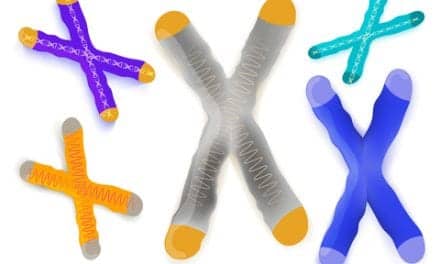A life-sized artificial human lung has served as the first diagnostic tool for understanding how tiny particles move and behave in the deepest part of the human lungs. The patented platform created at the Technion-Israel Institute of Technology may provide a better understanding of the health risks associated with airborne pollution and may be used for the evaluation and design of drugs for the respiratory system.
The walls of the artificial lung system provide a realistic stimulation of a real human lung. According to a Science Daily news report, the lung system expands and contracts, similar to the actual respiratory system, which makes it possible to understand the behavior of both ‘bad’ in haled properties (pollution) and ‘good’ particles that are administered as medication to the alveoli. The model can also reduce the need for animal testing in the study of the respiratory system.
Rami Fishler, PhD, the designer and builder, says, “the model consists of technologies similar to those used to manufacture computer chips, and comprises a branched network of minute air ducts approximately one-tenth of a millimeter wide, with craters simulating the alveoli.”
Lead researcher Professor Josue Sznitman, PhD, states, “This is the first diagnostic tool that enables quantitative monitoring of the dynamics of aerosols at such small scales. It gives us the ability to directly observe airborne particle trajectories and their patterns of deposition in the alveoli in real time.”
Sources: Science Daily, American Technion Society








